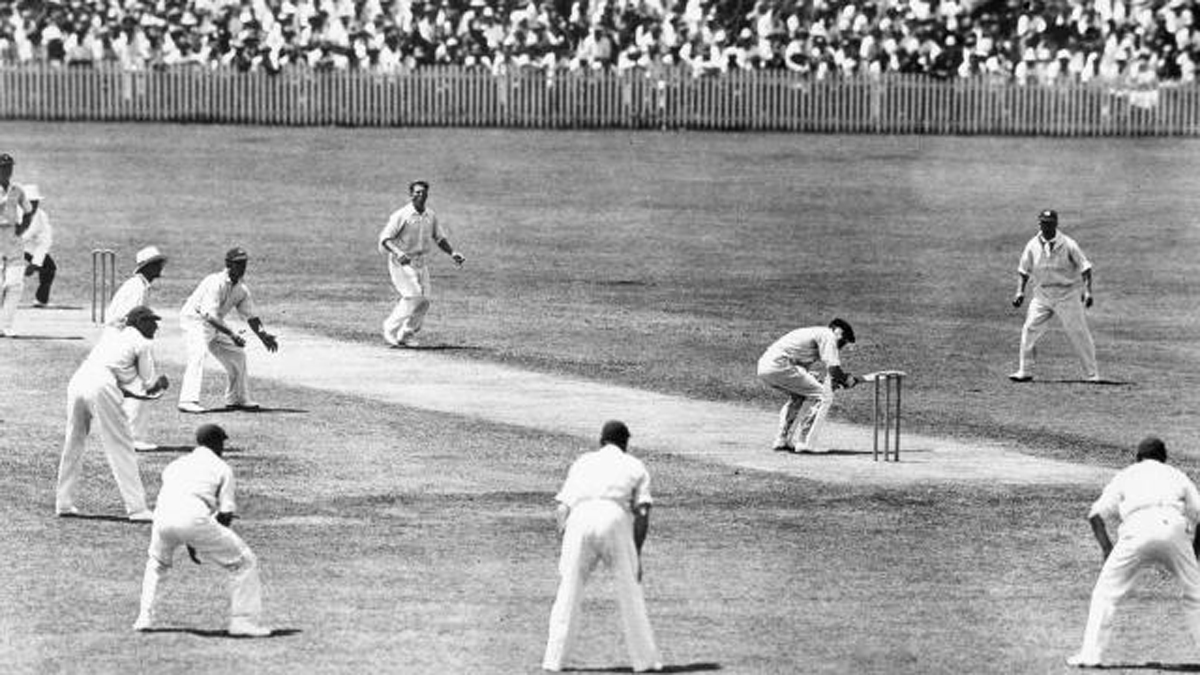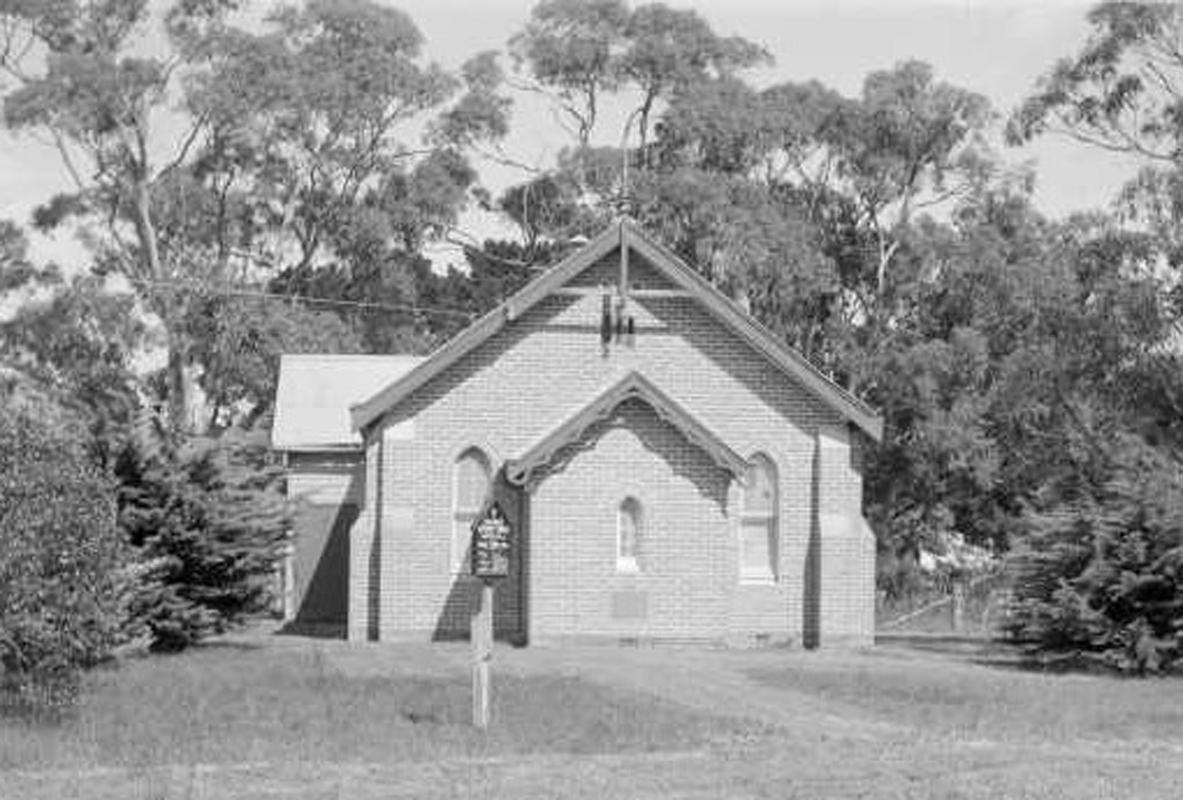A SPECIAL service was held at the Uniting Church in Hastings on Sunday 15 October to celebrate the 100th anniversary of services in the present church.
Although early records are sketchy, in April 1866 it was recorded that a worshipping community of the Wesleyan Methodist Church was meeting in what was known as Star Point Chapel. In February,1869 a meeting was held with the purpose of forming a committee to work for a ‘newer and larger place of worship’. In that year the government made a grant of the land, about one and a half acres.
On 24 September 1871 the new Wesleyan church was officially opened. It was a ‘neat brick building in the Gothic style and capable of seating comfortably about 150 persons’. Unfortunately this church was subject to flooding and eventually it was decided to demolish and rebuild on higher ground. Accordingly this relocation took place and the ‘new’ church was opened in October 1923 by the President of the Conference, Rev. Thomas S Woodfull. The bluestone foundation stone simply records “Methodist Church. Erected 1871, Re-erected 1923”.
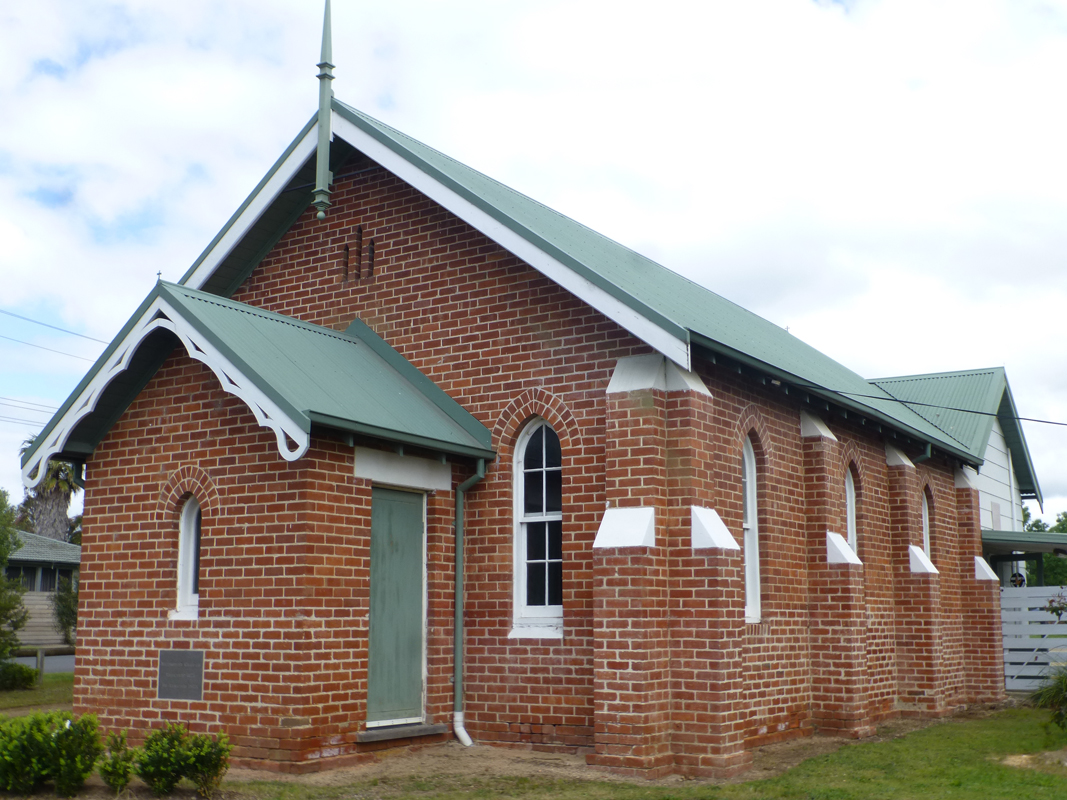
A Heritage Report for the Mornington Peninsula Shire Council 2015 recorded: “The Hastings Uniting Church Chapel is architecturally significant at a local level for its Victorian Gothic style, designed and built in 1871 and relocated on the same allotment in 1923. Although it is a modest and typical example of a style that was popular particularly in small country towns in Victoria, in the nineteenth century, it is the only one of this type in the Hastings Tyabb district. The internal strapped coved ceiling, main space and front porch with timber lined ceiling are also significant. Public views of the building from Marine Parade and Hodgins Road are also important”.
The small brick Hastings chapel fell into disuse as a worship venue when the much larger grey brick building was built nearby in the early 1970s. As the congregation at the time was smaller, they continued to use the small wooden church in The Crescent, Tyabb, whilst the Hastings building was used as premises for the fledgling Flinders Christian College then being established. The older, brick, chapel was in turn fitted out with partitions and fluorescent lights and used for storage and offices.
It wasn’t until around 2008/9 that it was discovered that asbestos in the rooms attached to the grey brick church began to disintegrate, that a ban was placed on using the premises until repairs could be made. Accordingly, it was decided that perhaps the old chapel could be renovated and services held there for the now smaller congregation.
As a result, in the summer of 2010, working bees occurred when male church members attacked the interior, removing old carpet, pulling down pine partitions and damaged flooring, and installing new flooring. Re-wiring was next with exposed conduit removed, and new pendant lights replacing the old fluoros. Members of the Anglican church heard about our endeavours and kindly and generously volunteered their retired professional painters, to repaint the interior. New carpet was laid and furniture installed and the congregation happily began weekly worship in this beautiful little chapel.
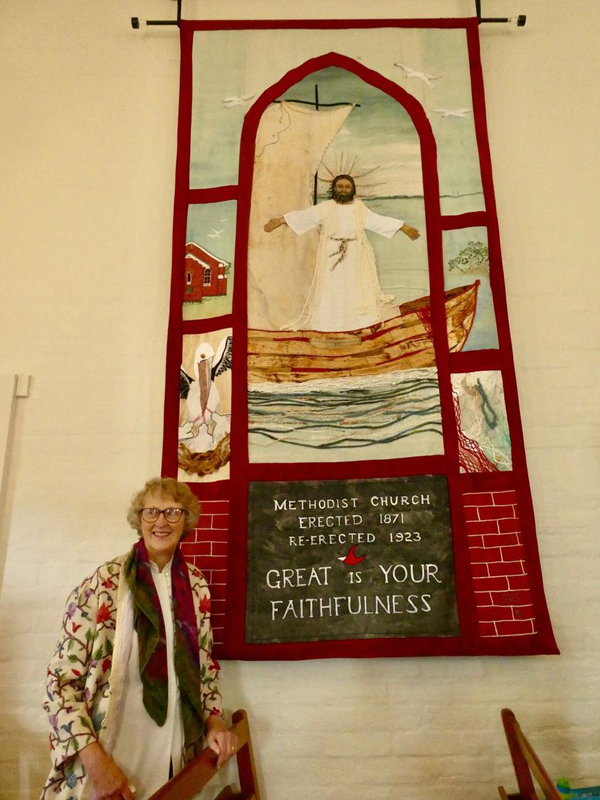
However, an initial Heritage report listed many features both interior and exterior that needed removing or repair, as well as drainage to be carried out. Money to remedy this was scarce.
At this time, it was proposed that once the asbestos repairs were made to the big building, that it could be used for community events, and the idea of a Craft Expo was decided upon with any funds raised going solely to the work still needed to be carried out on the Chapel.
The first Craft Expo was held in the big grey building in 2011 and was such a success, it continued to be held yearly until it grew too large for the premises, and it moved in 2018 to the Hastings Community Hub where it is still held annually each April. The funds raised from the 11 years of Craft Expos have been used solely for the chapel repairs, and in the past year the older attached vestry room and office have had a total make-over with new plasterboard, wainscotting, paint, carpet, lighting and a replacement of the old 1950s style sink unit. It was interesting to find the original green double doors still intact in the west wall of the vestry. The old Baltic pine ceiling was carefully restored. Much of the initial demolition of the old Masonite walls was removed by volunteer labour, while professional builders, painters, plumbers, carpet layers and electrician were used for the restoration. Curtains, a sofa and other furniture have been donated and the room now is light, bright and welcoming.
Now in 2023 we acknowledge the 100 years that the little brick Chapel has graced Hastings, and as the Craft Expos have brought to light some outstanding local craft artisans, a wall hanging created by Fran James was commissioned. This has been placed on the blank end wall of the Chapel and was revealed on the 100th anniversary on 15 October.
Peter McCullough and Sandra Beckett
Hastings’ church link to Bodyline
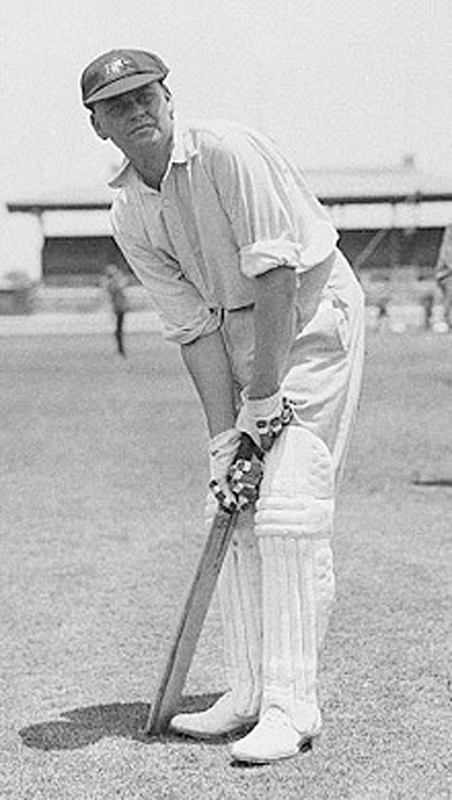
REV Thomas Staines Brittingham Woodfull (1872-1941) was a prominent leader of the Methodist church in the 1920s and 1930s. When the third of his four sons (William Maldon Woodfull) showed some promise, a cricket net was erected in the backyard of the parsonage. This proved to be a good investment as Bill Woodfull captained Victoria and then Australia. He and fellow Victorian Bill Pensford formed a formidable opening pair.
Bill Woodfull is perhaps best known for his dignified and moral conduct in the tumultuous bodyline series of 1932-33. The controversary peaked in the Third Test in Adelaide when Woodfull was felled by a blow over the heart. This led to one of the most quoted words in the history of cricket when Woodfull stated “There are two teams out there. One is playing cricket. The other is not”.
Post cricket, Bill Woodfull became a prominent educationalist, his career culminating in six years as Headmaster of Melbourne Boys High School.
